After updating to OS X 10.9.2, I started having invalid SSL certificate issues with Homebrew, Textmate, RVM, and Github.
When I initiate a brew update, I was getting the following error:
fatal: unable to access 'https://github.com/Homebrew/homebrew/': SSL certificate problem: Invalid certificate chain
Error: Failure while executing: git pull -q origin refs/heads/master:refs/remotes/origin/master
I was able to alleviate some of the issue by just disabling the SSL verification in Git. From the console (a.k.a. shell or terminal):
git config --global http.sslVerify false
I am leary to recommend this because it defeats the purpose of SSL, but it is the only advice I've found that works in a pinch.
I tried rvm osx-ssl-certs update all which stated Already are up to date.
In Safari, I visited https://github.com and attempted to set the certificate manually, but Safari did not present the options to trust the certificate.
Ultimately, I had to Reset Safari (Safari->Reset Safari... menu). Then afterward visit github.com and select the certificate, and "Always trust" This feels wrong and deletes the history and stored passwords, but it resolved my SSL verification issues. A bittersweet victory.

